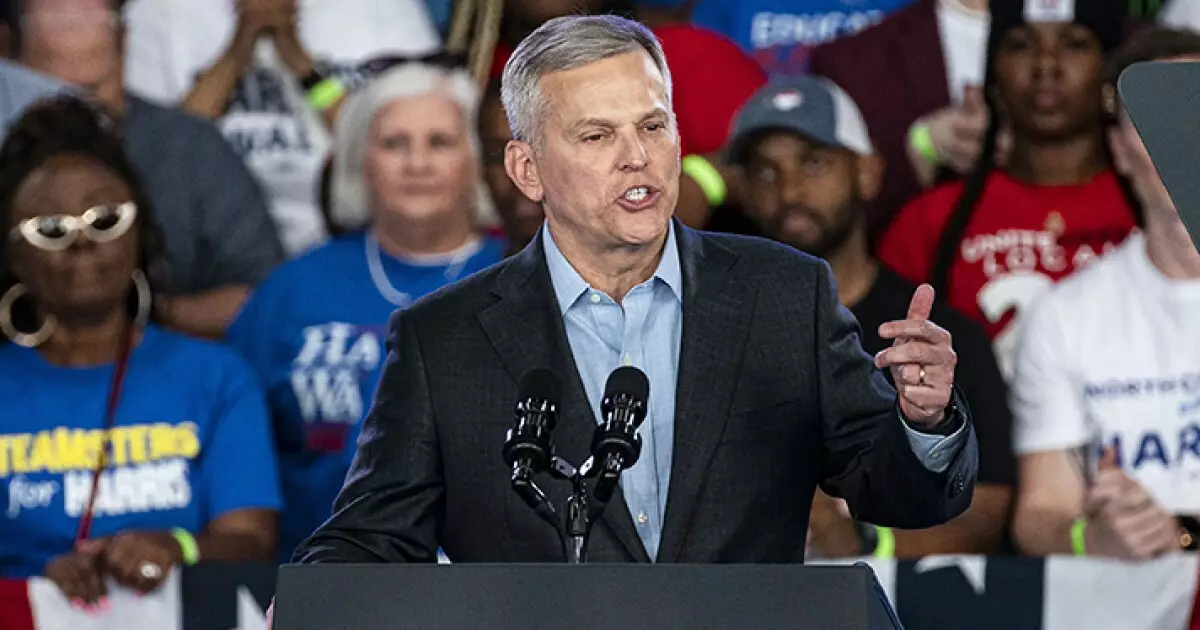North Carolina’s education system stands at a critical juncture, as Governor Josh Stein has made a bold yet necessary proposal to address the dire needs of school infrastructure. During his recent State of the State address, Governor Stein advocated for selling $4 billion in bonds dedicated to school construction—an initiative that mirrors the urgent requirements of numerous districts coping with aging facilities. The reality is stark: too many North Carolina students are still learning in overcrowded classrooms, makeshift trailers, and buildings that are not just outdated but actively detrimental to their education.
Recent assertions by education experts, including Javaid Siddiqi, CEO of The Hunt Institute, echo this sentiment. With average U.S. school buildings exceeding 40 years in age, it’s evidently clear that many educational environments across the nation, including North Carolina, are not equipped for effective learning. This situation has reached a prolonged crisis point that demands immediate action rather than a Band-Aid solution.
The Fiscal Implications of Bond Approval
To realize this vision of improved learning environments, voter approval is necessary for the proposed general obligation bonds. While some might question the prudence of taking on additional state debt, a closer examination reveals the potential for positive outcomes. The bonds would not only address the state’s staggering $12.8 billion school infrastructure deficit—shown in a 2020 facility needs survey—but they could also fortify the long-term economic health of the region. Education is a cornerstone of economic development; investing in our schools will attract businesses looking for a capable workforce, ultimately boosting the state’s economy.
Moreover, North Carolina’s sound fiscal standing, as signified by its AAA bond ratings from leading financial agencies, strengthens the argument for bond approval. Opponents of the initiative must contemplate whether to prioritize short-term frugality over long-term investments that will have ripple effects throughout generations.
A Politically Polarized Debate
Yet, the proposition is not without its detractors. The conversation around public education funding often devolves into political gridlock, with partisan interests complicating straightforward solutions. Some may argue against incurring further debt, citing concerns about fiscal responsibility, while others may fear that a focus on infrastructure might overshadow pressing educational reforms. It’s critical that we foster a nuanced dialogue where pragmatism and idealism coexist: the urgent need for improved facilities should not eclipse conversations about curriculum reform and teacher support.
The Governor’s call for voter engagement surrounding the bond pertains not only to infrastructure but also to the empowerment of constituents. Approving these bonds is about asserting a commitment to our children’s future—one that values safe, conducive learning environments as a fundamental right.
Amid the muddled optics of political ideologies, the need for robust and reliable educational infrastructures must remain a shared goal. Let us not lose sight of the bigger picture: the necessity of equipping our educational institutions to nurture the next generation of thinkers, leaders, and innovators. There are four billion reasons to support this proposition, and the future of North Carolina’s children hinges on our collective decision-making today.


Leave a Reply